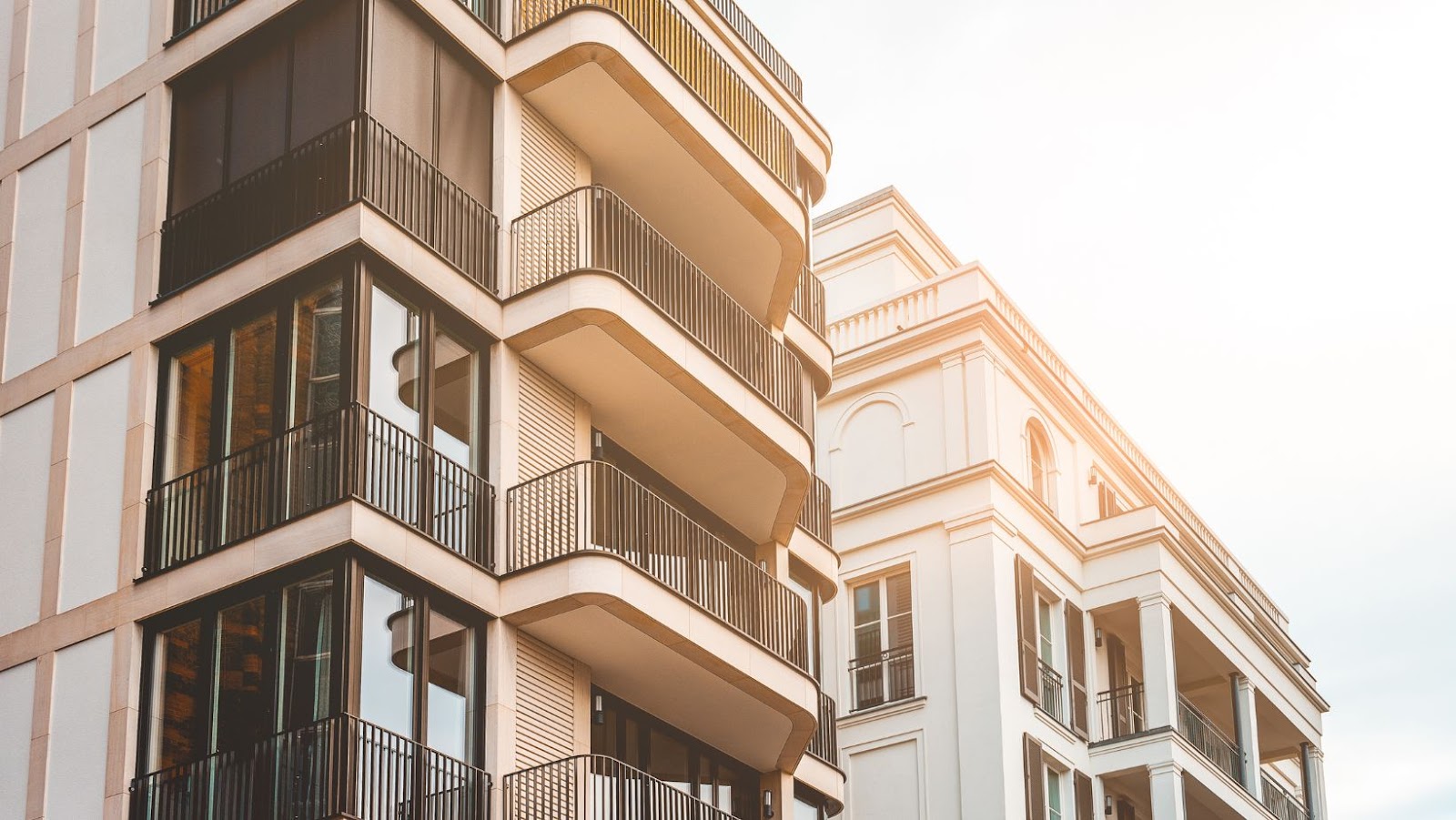Finding Luxury Real Estate Investment Opportunities to Combat Inflation

It’s not your perception; the reality is that everything is costing more these days than before. The cause is something in economic circles known as inflation, a term used to describe economic price changes. The rising costs of everyday items have jumped dramatically in the past year or two, and the trend is continuing for the short term.
What is Inflation
Inflation is when the price of goods and services increases above the current price. Inflation is part of a normal economic cycle, but when it’s prolonged, it becomes an issue. In general, inflation occurs when there is more demand for goods than available supplies, and that phenomenon is longer in duration. The reverse is true as well. When products and services cost more, it’s harder to pay for things, and discretionary spending decreases, which helps lower demand, one of the drivers behind inflation and bringing prices down.
How is it Caused
Inflation has many different triggers, but in general, inflation is caused when there is an excess of discretionary money fueling consumption and supplies are low, which can drive up prices. The current inflation is compounded due to a few different factors.
- The pandemic
- Governmental stimulus money circulated
- Geopolitical events impacting energy and food production
- Supply-chain and manufacturing disruptions
- Recent historic lows in borrowing costs
Due to the confluence of all these things, people and businesses had more money and time to purchase and consume things. As a result, supplies began to dwindle and couldn’t keep up with the pace of the demand. Secondly, labor shortages disrupt production, further hindering supply chains, and those two are primary drivers of supply outstripping demand.
How Inflation Affects Everyday Goods
If there are fewer items available, the prices increase. It’s simple math. But when supplies of objects increase, and there are decreased available resources that support the production and delivery of those items, the price increases even more. For example, if there is less fuel, the costs of transportation increase, and those costs are passed along to the consumer.

So, if a food item is becoming harder to produce and costs more to transport, that food item’s price inflates to cover the increased costs of production and transportation. Also, as demand continues for the food items, prices are dictated by the demand surge, so the price becomes higher yet again. This cycle will continue until one of the contributing factors of inflation is brought down. For example, until supplies are replenished, transportation costs come down, or demand is tempered. Until those occur, prices continue to rise.
How Inflation Impacts Investments
Inflation directly affects investors, as it can cause asset prices to increase and lending opportunities to be more challenging and less available. For assets that are already owned, like real estate, inflation can be beneficial in one way. As prices increase, so too does the home’s value, but the market may be more challenging. As inflation increases, the price of borrowing follows suit. That means lenders have less money available to loan and require more stringent guidelines for borrowers, which slows down the transactions possible. As a result, home values still increase, but sales slow down. Additionally, long-term debt gets devalued in an inflationary environment, meaning that investors may have to pay more interest on their loans. As the cost of materials increases, inflation also affects construction costs. This makes it more difficult for developers to build or renovate new projects. One way to combat losses from inflation is by investing in 1031 exchange properties. This can be done by selling one property and purchasing one of “like-kind”; in that transaction, the investor avoids paying capital gains tax, which can account 15% of the sale value.

Luxury Real Estate as an Inflationary Hedge
The luxury market is an excellent opportunity to hedge against inflation compared to traditional real estate. The reason is simple: as inflation continues, high-revenue buyers and investors are looking at stagnant sales as an opportunity to purchase luxury real estate at comparatively valuable deals against previous years of skyrocketing appreciation. Investors are considering high-end and luxury real estate, such as;
- New York
- London
- Paris
- Miami
- Los Angeles
The problem is that most of those luxury markets it’s competitive and already saturated. Instead, there are smaller, lesser-known opportunities such as luxury Bahamas real estate houses for sale, Hawaiian real estate, luxury homes in Salt Lake City, ranches in Monticello, and more that could provide an excellent investment for the right buyer. Fighting inflation and understanding its impacts on the housing market for investors means they will need to look elsewhere than the traditional single-family home. The luxury market is gaining steam while other home markets are impacted, and savvy investors should consider the transition to profit during these inflationary times.
-
Quotes1 year ago
30 Inspirational Thoughts For The Day
-
Self Improvement1 year ago
7 Tips To Recreate Your Life In 3 Months And Change Your Destiny
-
Motivation1 year ago
5 Excellent Ways To Stay Focused On Your Dreams
-
Quotes1 year ago
21 Quotes About Chasing Perfection And Striving For It
-
Health1 year ago
4 CBD Products Your Dog Deserves To Have
-
Personal Finance2 months ago
How Do I Find My UCAS ID Number?
-
Entrepreneurs1 year ago
1Password Evaluation – The Highest Ranked Password Manager Out There
-
Entrepreneurs2 years ago
51 Lucrative Ways to Make Money From Home



























